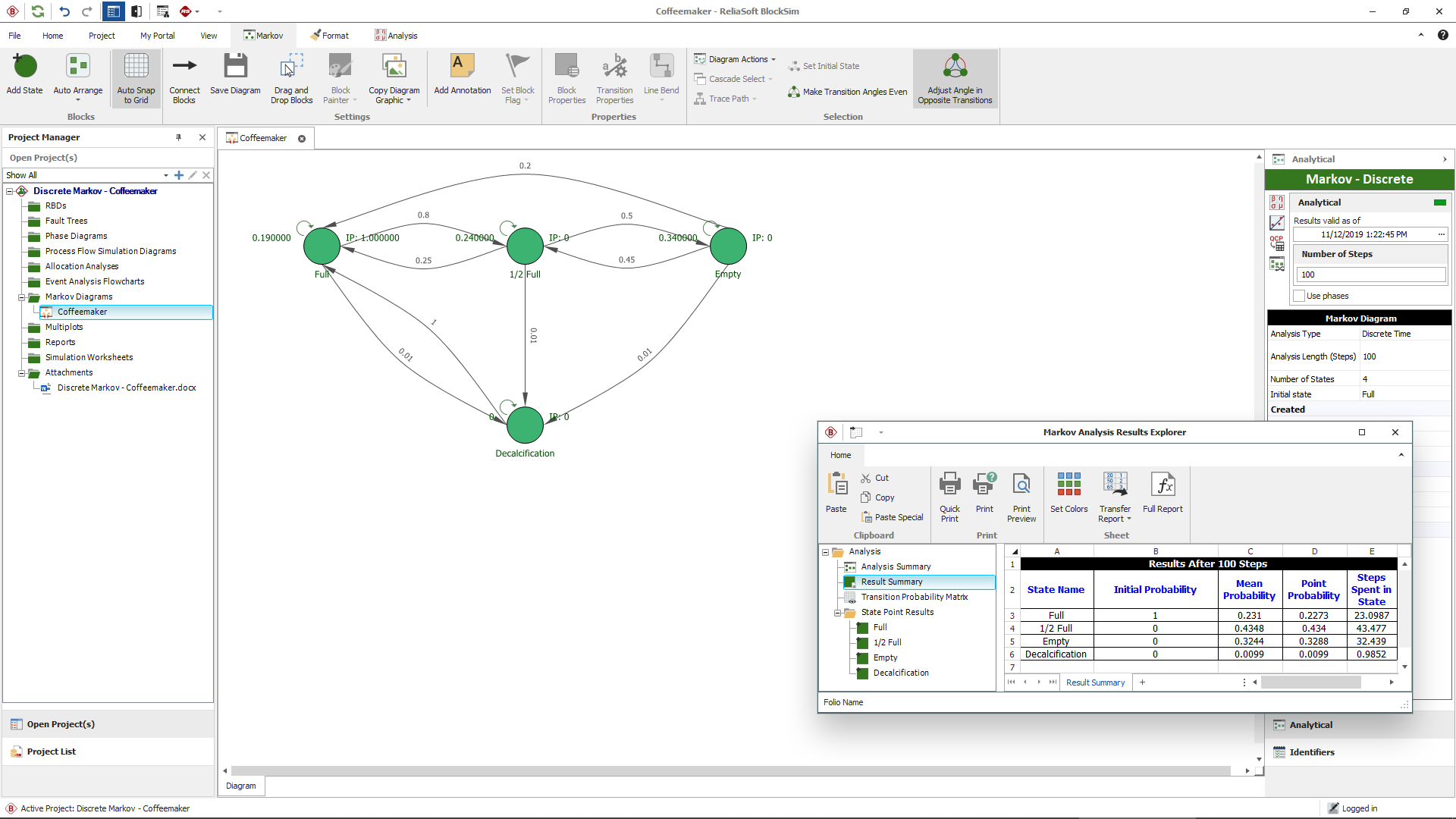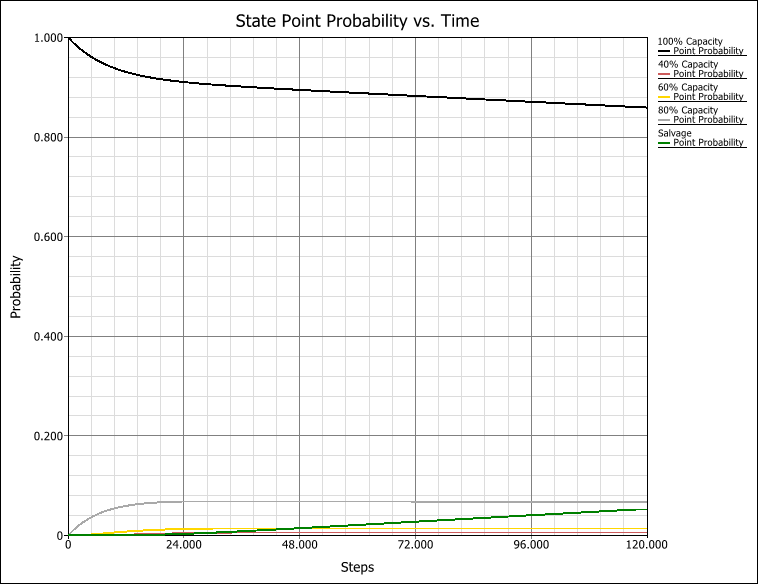

arrow_back_ios
See All ソフトウェア
See All 計測器
See All トランスデューサ
See All 振動試験装置
See All 電気音響
See All 音響エンドオブライン試験システム
See All アプリケーション
See All 製造業
See All キャリブレーション
See All エンジニアリングサービス
See All サポート
See All グローバル・プレゼンス
Main Menu
- 音響
- 設備とプロセスの監視
- カスタムセンサ
- データの取得と分析
- 耐久性および疲労
- Electric Power Testing(電力テスト)
- NVH
- 信頼性
- スマートセンサ
- 振動:
- バーチャル(仮想)試験
- 計量
arrow_back_ios
See All 解析シミュレーション
See All DAQ
See All APIドライバ
See All ユーティリティ
See All 振動コントロール
See All 校正
See All DAQ
See All ハンドヘルド
See All 産業
See All パワーアナライザ
See All シグナルコンディショナー
See All 音響a
See All 電流電圧
See All 変位
See All 力
See All ロードセル
See All マルチコンポーネント
See All 圧力
See All ひずみ
See All ひずみゲージ
See All 温度
See All チルト
See All トルク
See All 振動
See All アクセサリ
See All コントローラ
See All 測定加振器
See All モーダル加振器
See All パワーアンプ
See All 加振器システム
See All テストソリューション
See All アクチュエータ
See All 内燃機関
See All 耐久性
See All eDrive
See All 生産テストセンサ
See All トランスミッションギアボックス
See All ターボチャージャ
See All 音響
See All 設備とプロセスの監視
See All カスタムセンサ
See All データの取得と分析
See All 耐久性および疲労
See All Electric Power Testing(電力テスト)
See All NVH
See All 信頼性
See All スマートセンサ
See All 振動:
See All 計量
See All 自動車および地上輸送
See All 圧力校正|センサー|振動子
See All 校正・修理のご依頼
See All キャリブレーションとベリフィケーション
See All キャリブレーション・プラス契約
See All サポート ブリュエル・ケアー
Main Menu
arrow_back_ios
See All nCode - 耐久性および疲労解析
See All ReliaSoft - 信頼性解析と管理
See All API
See All 電気音響
See All 音源探査(Noise source identification, NSI)
See All 環境騒音
See All 音響パワーと音圧
See All 騒音認証
See All 産業用プロセスコントロール
See All 構造ヘルスモニタリング
See All 電気デバイス試験
See All 電気システム試験
See All グリッド試験
See All 高電圧試験
See All 導電加振機による振動試験
See All 構造力学
See All 機械分析と診断
See All プロセス計量
See All 車両の電動化
See All pages-not-migrated
See All ソフトウェアライセンス管理
Main Menu
- 音響ホログラフィ(Acoustic holography)
- 音響特性管理
- 水中音響範囲
- 風洞音響試験 – 航空宇宙
- 自動車の風洞試験
- ビームフォーミング(Beamforming)
- 飛行機騒音音源探査
- アコースティックカメラによるリアルタイム音源探査
- 音響インテンシティマッピング
- 球面ビームフォーミング(Spherical beamforming)
- 製品騒音測定
- 実稼働振動形状(ODS)解析
- 古典的モード解析
- 地上振動試験(GVT)
- 実稼働モード解析
- 構造ヘルスモニタリング
- 試験-FEA統合
- 衝撃応答スペクトル(SRS、Shock response spectrum)
- 構造力学システム




